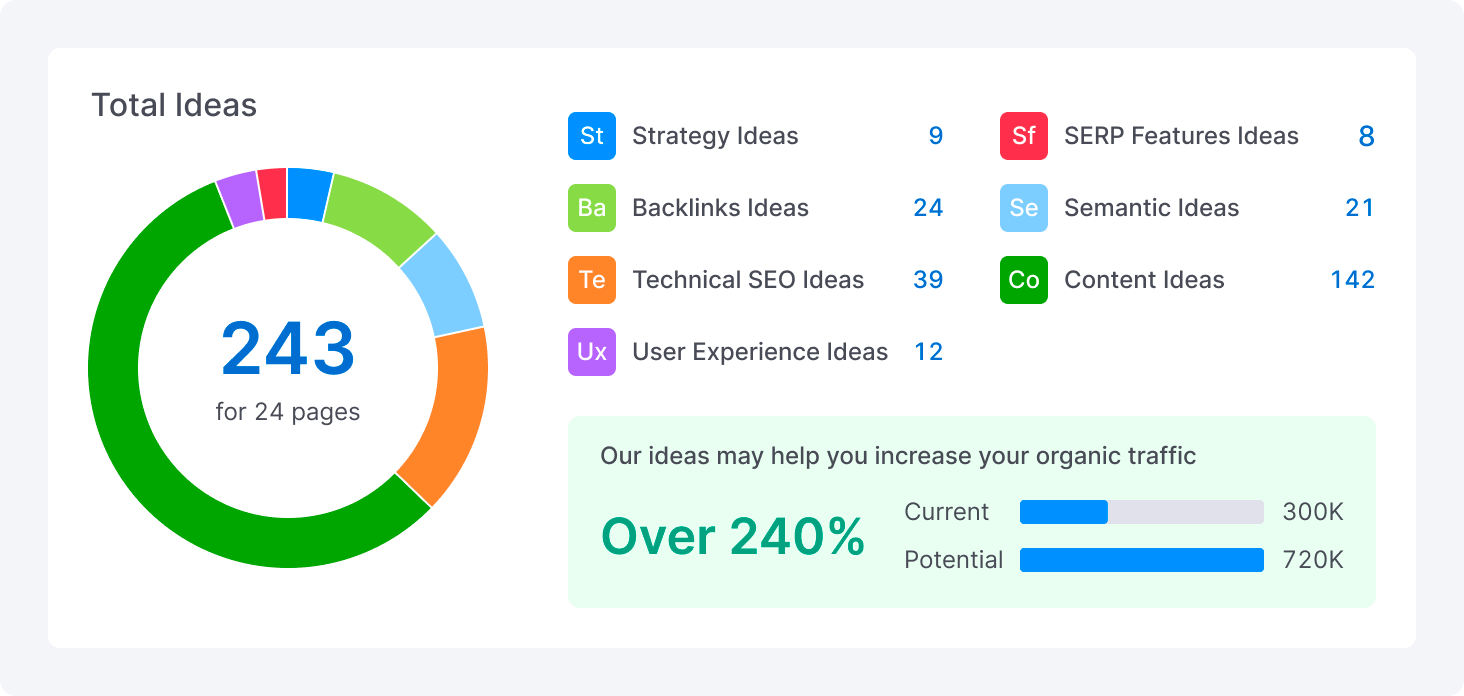Comprehending What Is Not Considered a Default Medium in Google Analytics: Insights
Comprehending What Is Not Considered a Default Medium in Google Analytics: Insights
Blog Article
Assuming Outside package: Leveraging Non-traditional Mediums to Optimize Google Analytics Efficiency
In the world of digital advertising, the mission for enhanced Google Analytics performance has actually ended up being a strategic vital for businesses looking for to fine-tune their on-line existence. By exploring unusual mediums as methods of data collection, a brand-new realm of opportunities arises.
Distinct Data Resources

Social media systems supply useful data on individual demographics, interests, and interaction metrics, enabling services to assess the efficiency of their social media projects and optimize material for far better efficiency. By leveraging these unique data resources, companies can fine-tune their approaches, improve targeting efforts, and boost general Google Analytics efficiency.
Social Media Insights

In addition, social networks analytics devices allow businesses to track vital performance signs, monitor project effectiveness, and gauge the effect of their online tasks. Comprehending the demographics of fans, identifying preferred web content themes, and reviewing involvement degrees can help organizations customize their advertising techniques for far better results.
Offline Marketing Integration
Incorporating offline advertising and marketing techniques with digital analytics can boost general project performance and offer a more thorough understanding of consumer habits. what is not considered a default medium in google analytics. By linking the space in between online and offline initiatives, businesses can track the effect of typical advertising and marketing channels such as print ads, TV commercials, direct-mail advertising, and occasions on their online visibility

Additionally, applying telephone call tracking systems for offline marketing activities enables businesses to record beneficial data on consumer questions produced through published promotions or materials (what is not considered a default medium in google analytics). By examining telephone call data along with online metrics in Google Analytics, organizations can get much deeper insights right into the customer trip and maximize advertising techniques for go to my site better performance throughout all channels
IoT and Wearable Modern Technology
Making use of IoT and wearable technology in digital analytics can reinvent information collection and customer insights for businesses looking for a deeper understanding of individual behavior patterns. Wearable innovation, such as smartwatches or health and fitness trackers, can provide understandings into user activities, health and wellness metrics, and even place information.
Gamification Approaches
The implementation of gamification techniques in digital analytics offers an innovative method to improving individual engagement and driving workable understandings for organizations. By incorporating game-like elements such as points, badges, leaderboards, and awards right into the analytics user interface, business can inspire customers to interact more frequently and meaningfully with the data.
Gamification encourages individuals to discover different features of the analytics platform, uncovering beneficial insights that could have or else gone undetected. With interactive difficulties and progression monitoring, customers are incentivized to dig deeper into the data, why not try these out resulting in enhanced time spent on the system and a greater likelihood of discovering vital fads or patterns.
Furthermore, gamification can promote a sense of competition amongst individuals, stimulating them to pursue higher performance and involvement degrees. This affordable spirit can drive raised individual adoption prices and a much more extensive usage of the analytics devices available. Ultimately, by leveraging gamification methods in electronic analytics, companies can produce an extra productive and appealing environment for users, resulting in even more educated decision-making and boosted general performance.
Conclusion
Finally, leveraging non-traditional tools such as special data resources, social media understandings, offline advertising integration, IoT and wearable modern technology, and gamification strategies can enhance Google Analytics efficiency. By believing outside package and exploring these different resources of information, organizations can acquire useful understandings and improve their total advertising strategies. It is essential for firms to continually explore new ways to gather data and examine it in order to remain in advance in the ever-evolving digital landscape.
By incorporating data from sources such as client relationship administration (CRM) systems, social media platforms, and e-mail advertising and marketing projects, organizations can acquire an extra thorough understanding of their audience behavior and interaction patterns. Social media systems use useful data on individual demographics, rate of interests, and interaction metrics, allowing companies to gauge the effectiveness of their social media campaigns and optimize content for better efficiency. By leveraging these one-of-a-kind information resources, organizations can improve their methods, enhance targeting efforts, and improve overall Google Analytics performance.
Exploring social media understandings can give organizations with important information on user demographics, interests, and involvement metrics, permitting for notified decision-making and calculated optimization of advertising efforts. By thinking outside the box and discovering these different resources of information, services can acquire important insights and improve their total advertising techniques.
Report this page